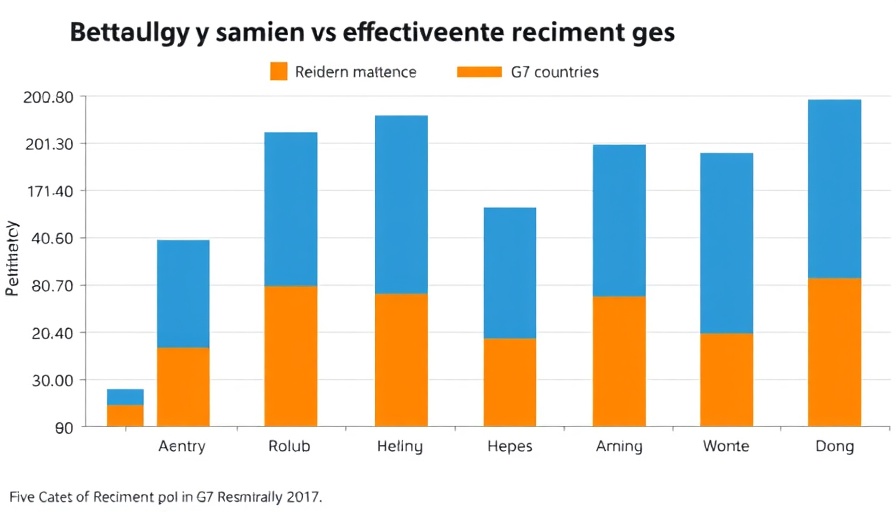
Networking: The Key to Securing Job Opportunities
In an era where digital platforms dominate the job search landscape, the timeless art of networking still reigns supreme. A striking report from MyPerfectResume reveals that a remarkable 54% of employees found their jobs through personal or professional connections, significantly outweighing traditional methods like job boards and social media. This dynamic underscores the power of human relationships in navigating job markets.
Why Connections Matter More Than Ever
The findings suggest that personal connections are not just supplementary tools but critical components of an effective workforce strategy. Among survey respondents, 32% hailed personal connections as integral to their job search success and an impressive 28% attributed their achievements to professional connections. With many workers believing that connections matter more than credentials, it raises an important question: why do so many hesitate to leverage their networks?
The Disconnect in Networking Practices
Despite acknowledging the importance of networking, many workers fall short in their outreach efforts. The report highlights a disheartening trend: nearly 60% of workers reach out only a few times or not at all during their job search, with 21% never asking for referrals. It’s a paradox where the very tools that could ease job searches remain untapped, raising concerns about employee engagement and performance.
Building Trust Within Networks
Trust remains the cornerstone of effective referrals. The same MyPerfectResume report indicates that two-thirds of workers will only refer someone they trust. Organizations should foster environments that encourage open communication and trust-building, essential facets of people-first leadership. By empowering employees with mentorship opportunities and support systems, employers can enhance workforce optimization while strengthening overall team performance.
Encouraging a Culture of Connection
For CHROs, Chief People Officers, and HR leaders, these insights offer a pathway to develop higher employee engagement and performance-driven leadership. By promoting stronger relationships and facilitating better networking practices, organizations can tap into the immense potential of their workforce. As reports indicate, employees yearn for mentorship and broader support networks, presenting an opportunity for leaders to guide their teams in cultivating connections.
As the workforce landscape evolves, cultivating strong relationships should stand at the forefront of talent management strategies. Encouraging employees to connect not only propels individual success but also contributes to a high-performance culture that benefits the entire organization.
 Add Row
Add Row  Add
Add 




Write A Comment